Tips to Prepare General Studies for Civil Services Exam by IAS Topper Gokul GR
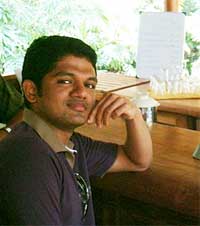 A good base in general knowledge is important for clearing the civil services exam and for the career ahead. As i had mentioned in a previous post, this job requires broad-based people with a good understanding of the things happening around them. As far as the exam is considered, 600 marks in the GS papers + 200 in essay + 300 in interview depends on your general knowledge base. And off late, the second paper in Public administration is more like a GS paper 3. Thus around 1100-1400 marks depends directly on your general knowledge base.
A good base in general knowledge is important for clearing the civil services exam and for the career ahead. As i had mentioned in a previous post, this job requires broad-based people with a good understanding of the things happening around them. As far as the exam is considered, 600 marks in the GS papers + 200 in essay + 300 in interview depends on your general knowledge base. And off late, the second paper in Public administration is more like a GS paper 3. Thus around 1100-1400 marks depends directly on your general knowledge base.
Preparation for general studies is composed of two parts:
Before I go into the books, some general points on preparation and approach:
- Make notes as you read. It’s impossible to come back to the text books during revision. Notes should be so comprehensive that once you are done, you would not have to take the text-book again.
- The basic approach should be STUDY-REVISE-IMPROVISE.
- Dont use guides, standard preparatory material or NCERT text books.
- Keep on referring to UPSC previous years papers to check if you have missed any topic.
- Prepare for the subjective papers ( i.e mains). Note down extra facts for the prelims as you make descriptive notes. Prelims is just a necessary evil.
Conventional Topics:
It is composed of:
1. Indian History :
Pre-modern history (before Europeans) has lost significance. Last year no questions were asked in mains. Besides, it is too bulky and is not worth the effort. One need to have a good understanding of the National movement(1800s-1947).
One also need to study about the expansion and the decline of the other Europeans, the expansion of British empire and the administrative development in India during the British period ( 1650-1857). Try to get some book on Indian History from the library to make short notes. Brief notes will do for this section.
2. Geography:
Use NCERT books only for geography. Non- geography optional students don’t have to go in-depth. Read
Google and make notes on unfamiliar terms you may come across in the newspapers.
3. Indian Constitution:
Any good book on the constitution is fine. 'Introduction to the constitution of India' by D.D. Basu is the book that i used. Read it also cover to cover.
4. Indian Economy:
One needs to know about some basic terms of economics like repo rate, reverse repo, CRR, SLR etc. These are needed for understanding articles in newspapers also. Just google them when you come across then in the papers and keep a separate note-book. Read one good book on Indian economy. I used Indian economy by Dutt & Sundaram. The book by Uma Kapila is also a good one. In both of these books, each chapter deals with an issue. So make notes keeping in mind the requirements of a 20-30 marker. Download the latest Economic Survey of India and update the stats as you make notes. Also leave some space after each chapter to add new info from newspapers as and when they come.
Also read Chapter 1 and the chapter explaining about the government’s poverty alleviation schemes ( chapter 11 in 2010 survey). Follow the budget. Read some business newspapers at that time and also read the summary of the budget which will be posted in the net.
5. Government policies and programmes:
Make notes on the policies that you come across in the newspapers. But this will not be exhaustive. Use India yearbook published by the Publications division for an exhaustive approach. It’s a huge book with a lot of unnecessary facts and details which should be skipped. Just make short notes on the various programmes ministry-wise. Anay dwivedi ( AIR-5, cse 2009) has this to say about reading the Year book :
If you already read the IYB for prelims, just go through what you underlined and revise your notes. But if you did not, then apart from the GOVERNMENT SCHEMES and agricultural data, read the following chapters from IYB 2010:
Chapters 1, 2, 3, 5, 7, 10, 11 (NCES only), 13 (terms like FIPB, FCCB, ECB, ADR/GDR, FDI, etc), 18, 24, 25 and 28.
Note: I have not specified chapters 16, 17, etc as I have assumed that you must have covered all the government schemes such as NRHM, JNNURM, etc irrespective of where they are given in the book.
In Mains 2009 many questions could be answered on the basis of information provided in the IYB, e.g. significance of coastal regions, UMPPs, BSUP, fruit production in India and NNRMS.
6. Science and Technology:
Use wikipedia extensively for this. Find out about new topics as you come across them in the S&T page of The Hindu. Also, make short notes on emerging technologies and recent nobel winning technologies from these pages
Exhaustive preparation on these topics can be very hard. Try to cover as much ground as possible and hope for the best. When writing answers, try to point out the applications rather than elaborating on the technological part.
General knowledge and current affairs:
This is where you have to use newspapers and current affairs magazines. This is perhaps the most important part because if you see the Last Year's GS paper, questions are asked about the Palestine crisis, Sudan civil war, Cambodia, CWG etc. I recommend The Hindu and Frontilne. The Hindu has less unwanted news and has a balanced perspective on issues and is pro people. You shouldn’t be an ultra leftist or a right-wing hawk when writing the answers. The editorials and Op-eds present a very balanced picture on issues.
When reading newspapers, go beyond the issue. Use the newspaper as a guide to broaden your GK. So when you come across something you don’t know in the newspaper, google it up and make a comprehensive note on the topic.For eg, if the news item is “Pakistan Prez visits India”, I will google about India-Pak relations and make notes on it with a historical perspective and also leave some space to update future news. If the news is ‘ Jacques Diouf assumes charge as head of FAO’ , I will make notes on FAO and other UN organisations from Wikipedia. The advantage of using wiki is that when you read about one topic, you can move to other topics by clicking on the ‘Related’ links. Follow the references in wiki if you want to go deeper or confirm something.
I had kept two separate category of notebooks. One for noting down the events, date wise and the other for noting down the issues after researching in the net. The advantage of keeping the second type of notebook on issues is that when you revise you will have a complete picture under each heading, i.e, the historical perspective + all the events in the last 2 years. This should be done on a daily basis without any gap until the interview is over. You will need 2-2.5 hours daily for this initially. You can bring down the time as you progress with your prepsReading topics of Indian economy and op-eds from any one of the business newspapers will also help. I used Business line. I had also subscribed EPW after my prelims and read articles selectively.
Also make notes on topics that you come across in previous years papers from wikipedia and net.

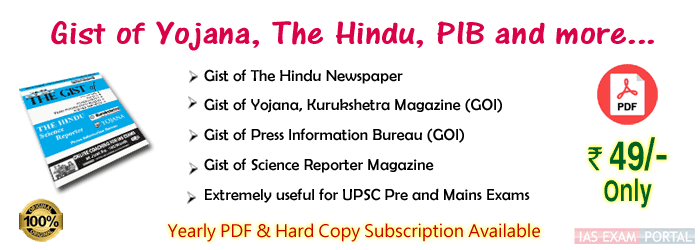
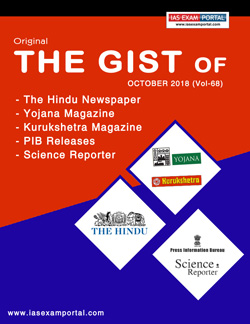 Medium: English
Medium: English

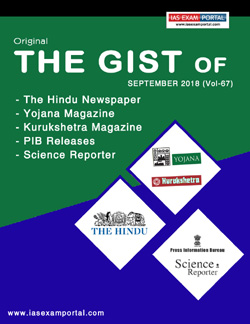 Medium: English
Medium: English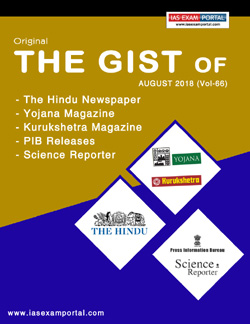 Medium: English
Medium: English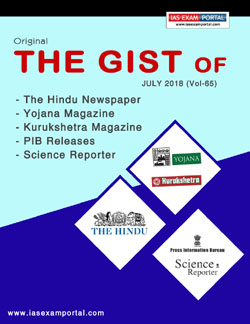 Medium: English
Medium: English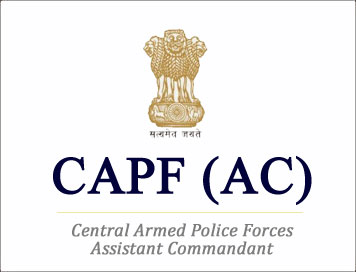
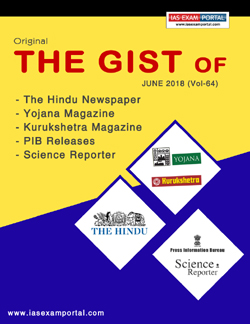 Medium: English
Medium: English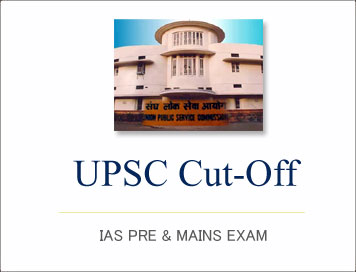
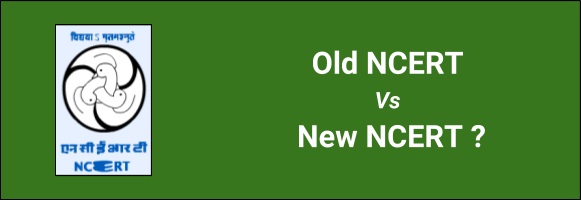
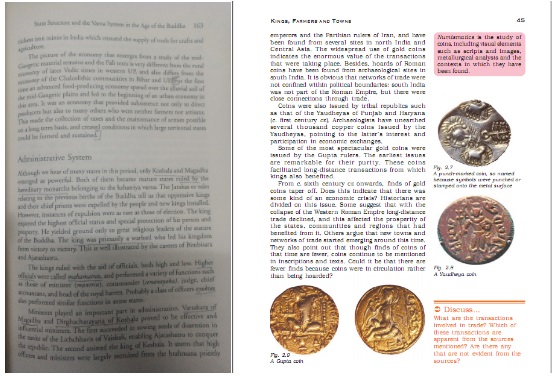

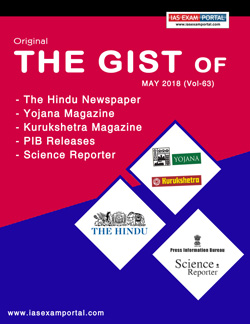 Medium: English
Medium: English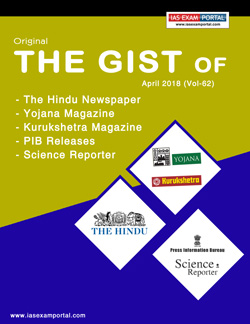 Medium: English
Medium: English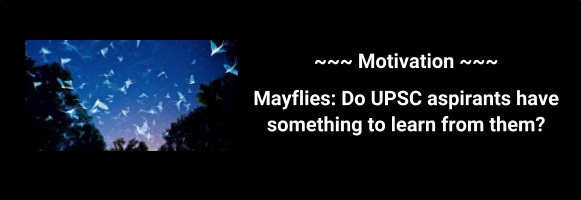

 A good base in general knowledge is important for clearing the civil services exam and for the career ahead. As i had mentioned in a previous post, this job requires broad-based people with a good understanding of the things happening around them. As far as the exam is considered, 600 marks in the GS papers + 200 in essay + 300 in interview depends on your general knowledge base. And off late, the second paper in
A good base in general knowledge is important for clearing the civil services exam and for the career ahead. As i had mentioned in a previous post, this job requires broad-based people with a good understanding of the things happening around them. As far as the exam is considered, 600 marks in the GS papers + 200 in essay + 300 in interview depends on your general knowledge base. And off late, the second paper in 